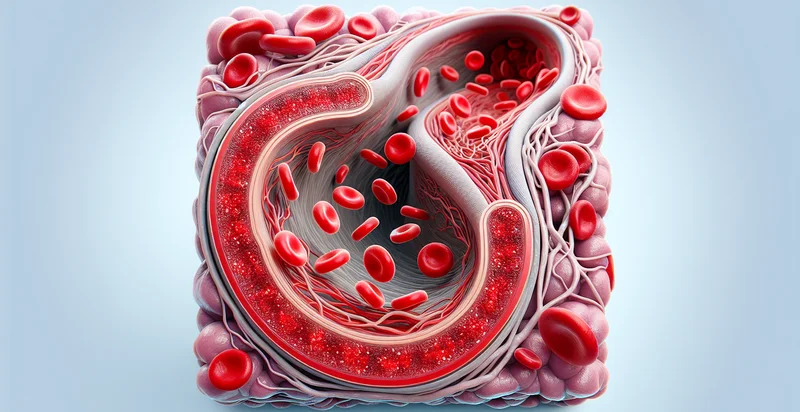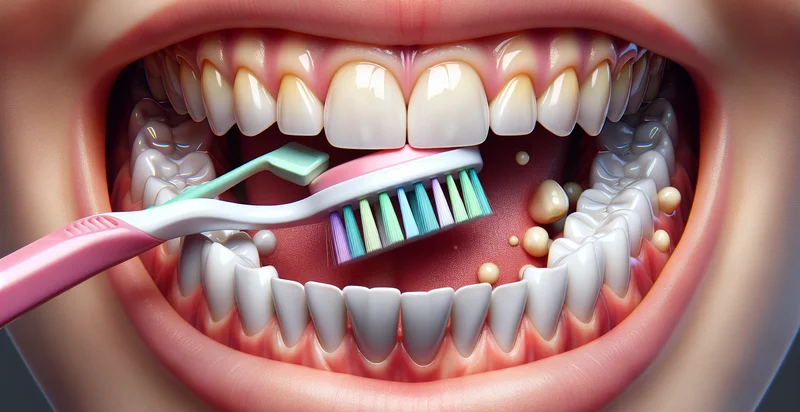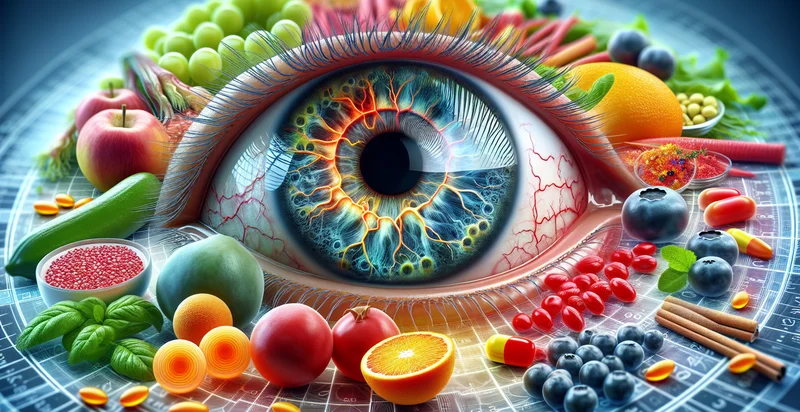Identify blood vessel health
using AI
Below is a free classifier to identify blood vessel health. Just upload your image, and our AI will predict the health status of blood vessels. - in just seconds.

Contact us for API access
Or, use Nyckel to build highly-accurate custom classifiers in just minutes. No PhD required.
Get started
import nyckel
credentials = nyckel.Credentials("YOUR_CLIENT_ID", "YOUR_CLIENT_SECRET")
nyckel.invoke("blood-vessel-health", "your_image_url", credentials)
fetch('https://www.nyckel.com/v1/functions/blood-vessel-health/invoke', {
method: 'POST',
headers: {
'Authorization': 'Bearer ' + 'YOUR_BEARER_TOKEN',
'Content-Type': 'application/json',
},
body: JSON.stringify(
{"data": "your_image_url"}
)
})
.then(response => response.json())
.then(data => console.log(data));
curl -X POST \
-H "Content-Type: application/json" \
-H "Authorization: Bearer YOUR_BEARER_TOKEN" \
-d '{"data": "your_image_url"}' \
https://www.nyckel.com/v1/functions/blood-vessel-health/invoke
How this classifier works
To start, upload your image. Our AI tool will then predict the health status of blood vessels..
This pretrained image model uses a Nyckel-created dataset and has 30 labels, including Calcified, Collapsible, Constricted, Damaged, Deformed, Dilated, Displaced, Enlarged, Functional and Healthy.
We'll also show a confidence score (the higher the number, the more confident the AI model is around the health status of blood vessels.).
Whether you're just curious or building blood vessel health detection into your application, we hope our classifier proves helpful.
Related Classifiers
Need to identify blood vessel health at scale?
Get API or Zapier access to this classifier for free. It's perfect for:
- Screening for Vascular Diseases: The blood vessel health identifier can be integrated into healthcare systems for early detection of vascular diseases such as atherosclerosis. By analyzing medical images, it can help radiologists identify problematic vessels before symptoms arise, enabling timely intervention and improved patient outcomes.
- Personalized Medicine: This function can be a key tool in personalized medicine by assessing individual patients' vascular health. By providing tailored recommendations based on the assessment results, healthcare providers can better design treatment plans that address the specific needs of each patient.
- Health Apps Development: Developers can utilize this function in consumer health applications that track vascular health metrics over time. By enabling users to receive insights into their vascular health through easy-to-understand classifications, it promotes proactive health management and lifestyle changes.
- Telemedicine Consultations: With the rise of telehealth services, the blood vessel health identifier can assist in remote patient monitoring by evaluating vascular images sent by patients. This allows healthcare providers to consult effectively with patients about their vascular health without requiring in-person visits.
- Drug Development and Clinical Trials: Pharmaceutical companies can leverage this technology for improving drug efficacy studies, particularly for medications targeting vascular conditions. By accurately classifying blood vessel health, researchers can better understand treatment effects and improve trial outcomes.
- Training for Medical Professionals: Medical educators can use this tool as a learning aid for students and practitioners focusing on vascular health. The accurate classification of blood vessels based on real-life images provides a valuable resource for teaching diagnostic skills in a hands-on manner.
- Insurance Risk Assessment: Insurance companies can employ this identifier in their risk assessment processes during policy underwriting. By evaluating an applicant's vascular health, insurers can make more informed decisions regarding health insurance coverage and premiums, potentially reducing their own risk exposure.


